|
By Marnita Coenraad 3rd Grade, Riverbend Elementary School As I began my Artful Teaching journey last year, I was excited to find how seamlessly I was able to integrate Artful Thinking routines into my literacy instruction. I found that Reading Portraits added depth of knowledge to our reading of biographies, and art seem to provide an entry point for struggling readers. This year that trend continued with our study of tableau. As I became more familiar with the routines, I branched out and used them in science and social studies as well. But even as I experimented with these new content areas, I found that bringing the routines into my math instruction was more challenging. I made it a goal for the spring semester to bring Artful Teaching to my math lessons. For each new math lesson, I create a guided notes sheet. These notes serve as guide through the lesson, as well as a reference that can use when completing their independent practice or homework. I decided that I would include a thinking routine at the beginning of each math lesson. I hoped that this would stimulate thoughtful discussions and promote student discovery of mathematical concepts. The following is an introduction to geometry lesson. I used the thinking routine “See, Think, Wonder” to help students discover characteristics of open/closed shapes, polygons, and special quadrilaterals. 1. Students started by looking at groups of open and closed shapes. I did not give them any indication as to why shapes were grouped in this way. Students then completed at least one entry for See, Think, and Wonder. I did not ask students to write in complete sentences for this exercise. You can see that students entered the lesson with varying degrees of prior knowledge. 2. After some direct instruction in open versus closed figures, students repeated the thinking routine with two more groups of figures. I was happy to see that immediately began experimenting with the new vocabulary introduced during the lesson. Again, some students were already familiar with geometry vocabulary, while others were engaging with it for the first time. 3. After direct instruction in naming polygons and their parts. We repeated “See, Think, Wonder” for a final time. Students again used the new vocabulary in their observations and inferences. Several students noticed that some of the shapes were line drawings, or “random” shapes, and some were “real,” meaning photographs. This breaking into two groups was an unexpected result of my having two groups in the previous two routines. I had hoped that students would notice they all had four sides. Although there were a few misconceptions along the way. I was happy that students were able to construct their own definitions for open shape, closed shape, and polygon. With help, we also discovered the characteristics of special quadrilaterals like rectangles, parallelograms, and trapezoids. I have taught similar geometry lessons that are vocabulary rich, and it can be difficult to get students to engage with the new words and their meanings. Teaching this lesson through the Artful Thinking routine encouraged students to construct their own definitions and provided a safe space to try out their new vocabulary terms. Since this lesson, we have used the art of Kandinsky and Mondrian to identify and name 2-dimensional figures. Students are highly motivated to find and share the shapes they see.
I am continuing to experiment with using art in my math instruction. I recently used Navajo blankets to review symmetry and introduce area. While arts integration in math does not come as naturally to me as in other subjects, I am enjoying the challenge. More importantly, I see students participating in class who are usually reticent to volunteer in math discussions. Since we teach art terms throughout elementary, I have found that students are comfortable analyzing and discussing art. The consistency of thinking routines coupled with the familiarity of art has made math more accessible and enjoyable for many of my students.
0 Comments
Leave a Reply. |
ArtStoriesA collection of JSD teachers' arts integration classroom experiences Categories
All
|
|
|
Artful Teaching is a collaborative project of the Juneau School District, University of Alaska Southeast, and the Juneau Arts and Humanities Council.
|
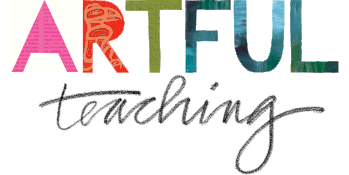
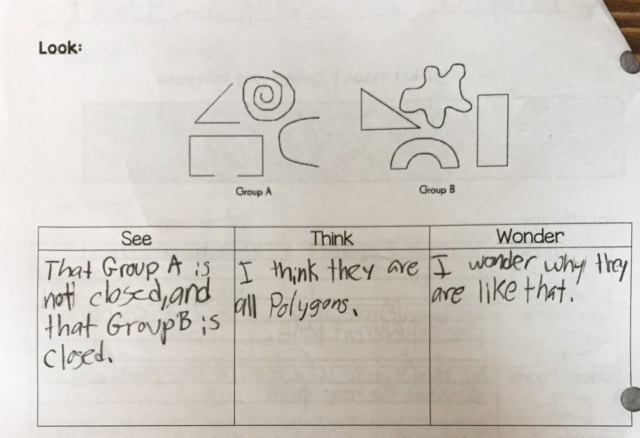
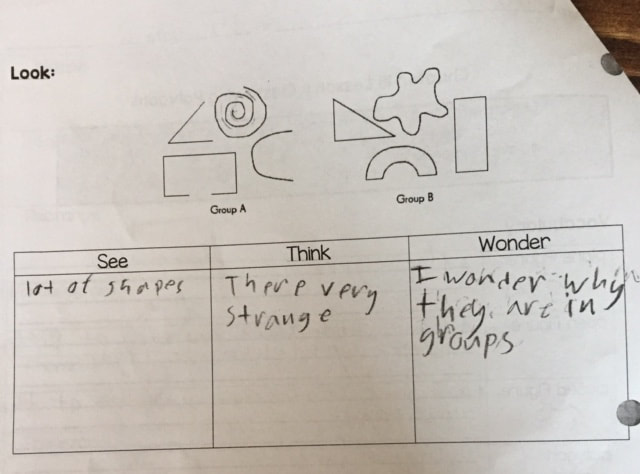
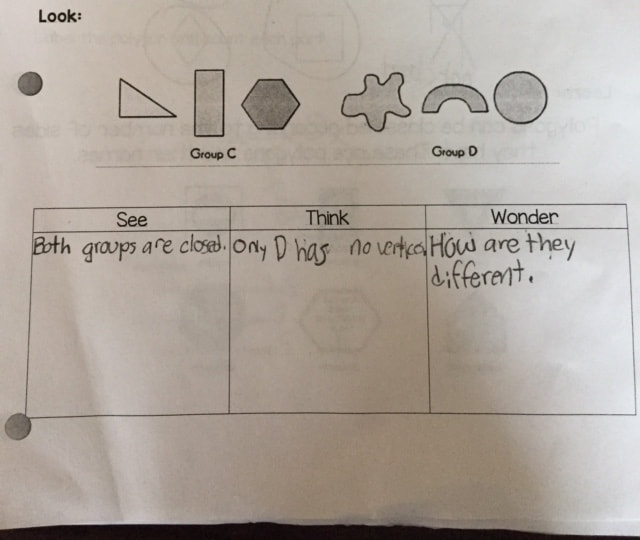
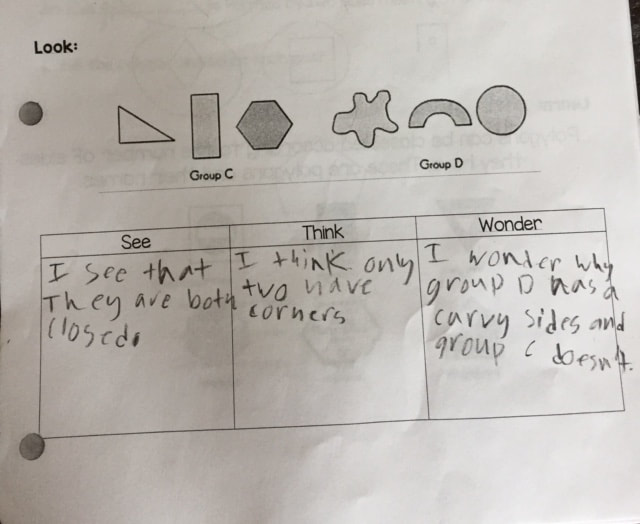
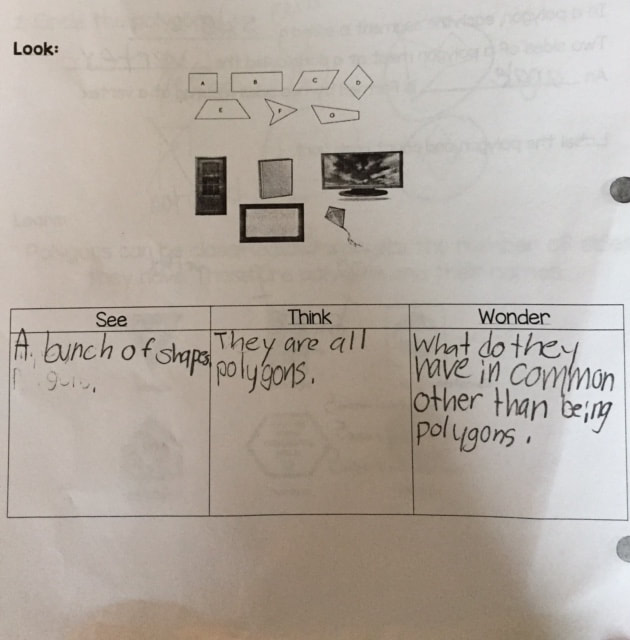
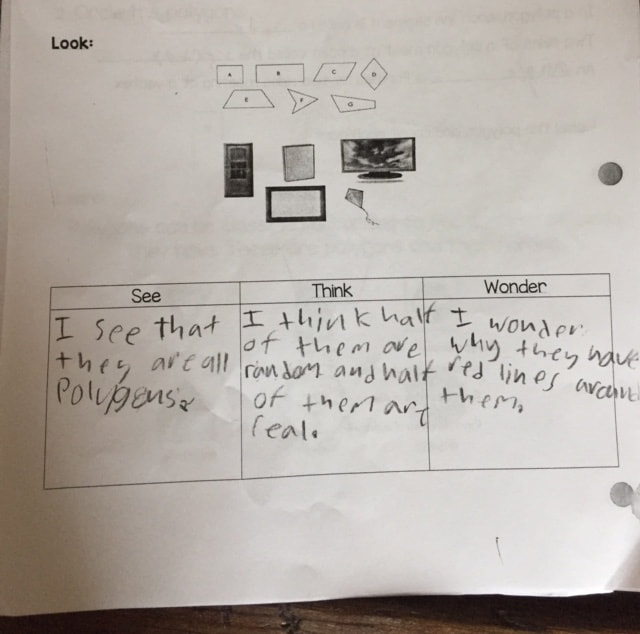
 RSS Feed
RSS Feed